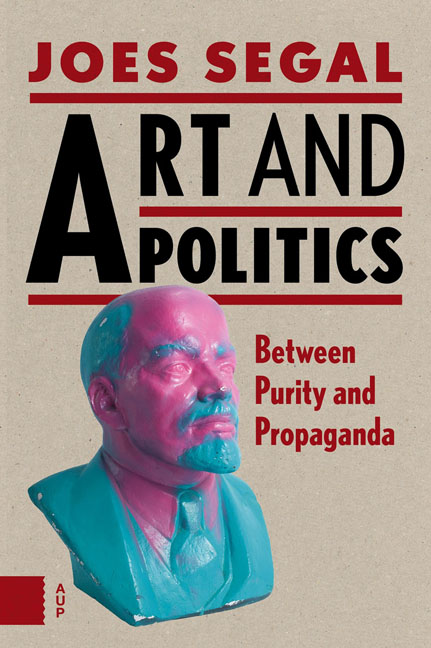Book contents
- Frontmatter
- Contents
- Introduction
- 1 Positive and Negative Integration: The First World War in France and Germany
- 2 Between Nationalism and Communism: Diego Rivera and Mexican Muralism
- 3 National and Degenerate Art: The Third Reich
- 4 Internal and External Enemies: The Cold War
- 5 From Maoism to Capitalist Communism: The People’s Republic of China
- 6 The In-Between Space: Kara Walker’s Shadow Murals
- 7 A Heavy Heritage: Monuments in the former Soviet Bloc
- Conclusion
- Notes
- Bibliography
- Index of names
- Frontmatter
- Contents
- Introduction
- 1 Positive and Negative Integration: The First World War in France and Germany
- 2 Between Nationalism and Communism: Diego Rivera and Mexican Muralism
- 3 National and Degenerate Art: The Third Reich
- 4 Internal and External Enemies: The Cold War
- 5 From Maoism to Capitalist Communism: The People’s Republic of China
- 6 The In-Between Space: Kara Walker’s Shadow Murals
- 7 A Heavy Heritage: Monuments in the former Soviet Bloc
- Conclusion
- Notes
- Bibliography
- Index of names
Summary
The seven essays in this book not only discuss various aspects of the interaction between art and politics since the First World War, they also offer proof for the thesis that the traditional distinction between artistic purity and propaganda is illusory to a large degree. What is more, the idea that there is a strict distinction between purity and propaganda is politically motivated, and this motivation still informs the way we tend to think about art and its history. An analysis in terms of this strict distinction will always lead to paradoxes and incongruities. I will first try to show why that is necessarily true before substantiating it with reference to the case studies in this book.
Art is a form of visual communication. Like other forms of communication, artworks are embedded in cultural, social and political conventions and traditions. The moment we interpret an artwork, or any other form of visual culture, we compare the image with the pictorial conventions and traditions familiar to us. That is not to say that images cannot have a very strong and direct impact that transcends political and cultural borders. However, as soon as we start to relate them to things outside the realm of the purely visual, for instance when we think about their social or political meaning, we use a language that is embedded in, and derived from, our interpretation of the world. Our language and communication are certainly not completely determined by the political, social and cultural status quo, but this very status quo, which is always an object of discussion, contestation and change, does form our point of reference. If that is the case, the concept of pure and autonomous art can only be a theoretical illusion.
Moreover, the idea that modern art rejects all content in its quest for artistic purity is largely based on historical mystification. Many nineteenth- and twentieth-century avant-garde artists used their ‘autonomous’ artistic means for causes outside the realm of art, such as political ideals, utopian fantasies or spiritual experiences. The Italian Futurists and Russian Constructivists, who in the 1910s associated themselves with Italian Fascism or the October Revolution, are not embarrassing exceptions within an otherwise ‘immaculate’ avant-garde.
- Type
- Chapter
- Information
- Art and PoliticsBetween Purity and Propaganda, pp. 129 - 136Publisher: Amsterdam University PressPrint publication year: 2016



